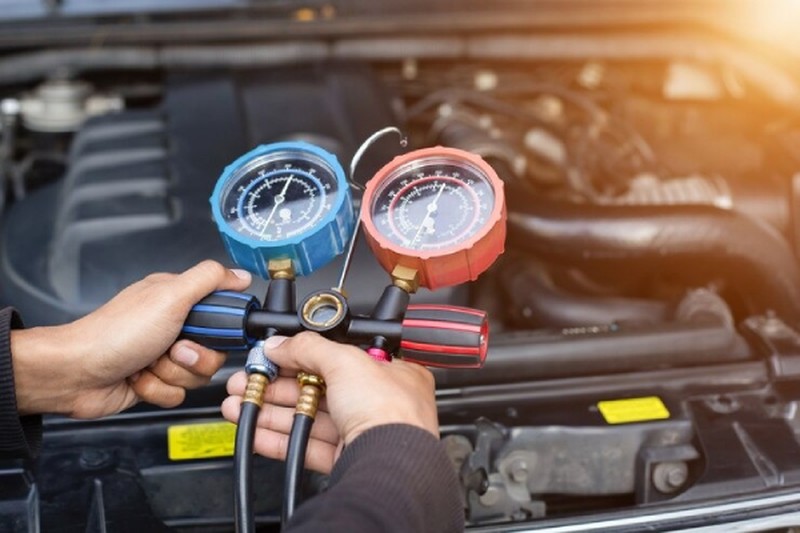
The oil pan gasket seals the pan tightly. It prevents oil from leaking onto the ground. A failing gasket can create dangerous problems quickly. Even small drips signal deeper trouble inside. Many drivers overlook tiny spots and stains below. These early warnings often grow worse with time. Understanding the reasons for gasket failure is important. Diagnosis helps prevent larger engine issues and costly repairs. A small leak can lead to a serious breakdown.
Why Oil Pan Gaskets Fail
Heat cycles place stress on the gasket material. Constant expansion and contraction weaken the seal slowly. Over years the material becomes brittle and fragile. Pressure inside the system adds even more strain. A failing gasket no longer seals as designed. The result is seepage and leaks near the pan. Even new gaskets can fail if installed poorly. Weak materials also shorten the lifespan of the seal. Gasket failure is often a matter of time.
Signs of a Failing Gasket
Drips and puddles under the car suggest trouble. The smell of burning oil is another strong sign. Leaks may drip onto hot engine surfaces daily. The dashboard oil light may turn on suddenly. Drivers may also notice low dipstick readings often. Even slight stains show a failing gasket problem. Ignoring such signs leads to severe engine strain. Each symptom tells the driver action is needed. Small leaks are early warnings of larger issues.
Risks of Ignoring the Problem
A weak gasket reduces oil supply steadily. Less oil means more friction inside the engine. Heat builds up and creates lasting damage quickly. Parts grind together without proper lubrication and safety. Bearings and pistons wear down at alarming rates. Damage spreads to areas beyond the oil system. Repairs become complex and more expensive as well. Ignoring small leaks is a costly and dangerous mistake. A failed gasket can lead to full engine failure. This is where choosing the Diesel Repair in Carthage, MO based service is essential here.
Diagnosing the Source of Leaks
Finding the true source requires careful inspection always. Oil may drip from many different places nearby. Mechanics clean the area to spot the flow. They check seals bolts and the pan closely. Dye can also be added to trace leaks. Light reveals the trail of escaping fluid quickly. Diagnosis ensures the leak is from the gasket itself. Without testing the problem may be misjudged completely. Accurate diagnosis prevents wasted repairs and lost time.
Conclusion
An oil pan gasket may look simple at first. Yet its role is vital in keeping oil contained. Failure leads to leaks friction and overheating over time. Drivers must watch for stains drips and dashboard signals. A failing gasket is a warning of greater danger. Diagnosis ensures the source is found and fixed. Preventive care and early action protect the engine fully. A healthy gasket means safe oil supply every mile. Protecting the seal protects the heart of the vehicle.





